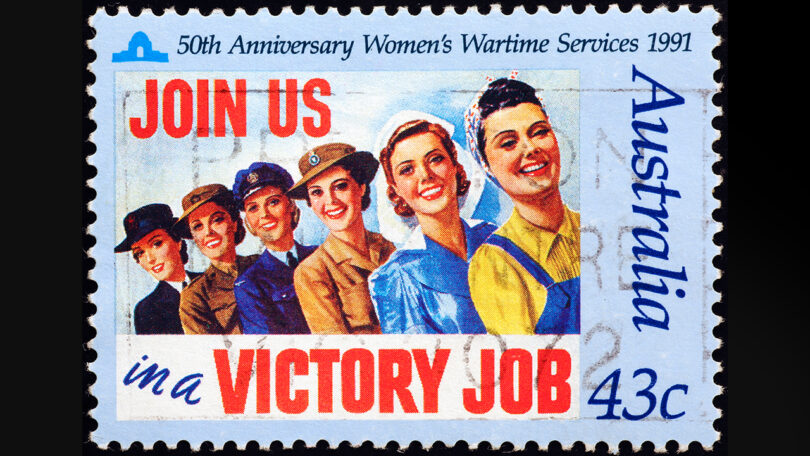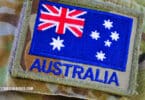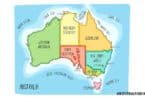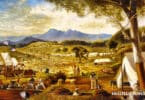Women have always played a crucial role in shaping Australia’s history, from the early days of colonial settlement to the modern era. Yet, their stories are often harder to find in traditional historical and genealogical records. In many cases, women were documented under their husband’s name, or their contributions were not recorded at all. For genealogists, this presents unique challenges in tracing female ancestors, but with the right tools and resources, it is possible to uncover their stories and gain insight into their lives.
The Historical Context of Women in Early Australia
The role of women in early Australia was shaped by the harsh realities of colonial life. Female convicts, free settlers, and Indigenous women all contributed to the development of the nation, though their experiences were often very different. Many women were brought to the colonies as convicts, sentenced for petty crimes, and transported to Australia alongside their male counterparts. These women often worked as domestic servants or in agriculture, helping to establish homes and communities in the fledgling colonies.
Free women who emigrated to Australia in the 19th century faced their own challenges, often living in isolated rural areas with little access to medical care or education. They were expected to manage households, raise children, and assist in farming or family businesses. Despite these challenges, women’s contributions were vital to the survival and growth of early Australian society.
In Indigenous communities, women held important roles as custodians of culture and knowledge, particularly in matters related to family, land, and spirituality. While these stories were largely ignored by colonial records, they remain an integral part of Australia’s cultural heritage.
Why It’s Difficult to Trace Female Ancestors
Tracing female ancestors can be more difficult for genealogists than tracing their male counterparts. There are several reasons for this:
• Name Changes Due to Marriage: Historically, women were often recorded under their husband’s surname, and their maiden names were not always documented. This can make it difficult to trace a woman’s family line or track her movements before and after marriage.
• Lack of Independent Records: In many cases, women were not landowners, business owners, or heads of households, meaning they were less likely to appear in official records such as land grants, electoral rolls, or legal documents. This often leads to a lack of independent documentation.
• Social Roles: Women’s contributions to the family and community were often seen as domestic or informal, which meant that their work was undervalued or not recorded. This includes work such as managing households, educating children, or contributing to family businesses.
Despite these challenges, there are many strategies genealogists can use to uncover female ancestors and piece together their stories.
Key Historical Records to Trace Female Ancestors
While women may not have been as visible in historical records as men, there are still many sources that can help you trace female ancestors in Australia. Here are some key records to consider:
• Marriage and Birth Records: Civil registration of births, deaths, and marriages in Australia began in the mid-19th century, and these records are essential for tracing female ancestors. Marriage records, in particular, often include a woman’s maiden name, providing a key link to her family of origin.
• Church Records: Before the advent of civil registration, church records were the primary means of recording births, marriages, and deaths. Parish registers can provide valuable information about female ancestors, especially in the early colonial period.
• Census Records: While women may not have been listed as heads of households, they often appear in census records as part of their family unit. These records can provide valuable insights into a woman’s life, including her age, occupation, and place of residence.
• Probate and Wills: Women were sometimes named in wills, either as beneficiaries or executors, particularly if they were widows or daughters of landowners. Probate records can provide information about a woman’s family relationships and financial situation.
• Convict Records: Female convicts were documented just as thoroughly as their male counterparts, and these records provide a wealth of information about their lives. Convict records often include details such as a woman’s age, crime, place of birth, and family background, as well as what happened to her after she served her sentence.
• Immigration Records: Many women arrived in Australia as free settlers or as part of immigration schemes aimed at increasing the female population in the colonies. Immigration records can provide valuable information about a woman’s age, occupation, and family connections before she arrived in Australia.
Women in the Workforce: Documenting Female Occupations
Although women’s work was often confined to the domestic sphere, many women in Australia worked outside the home, particularly during times of social upheaval, such as the Gold Rush or World Wars. During the Gold Rush, for example, many women ran boarding houses, laundries, or small businesses that catered to miners and their families.
In the 20th century, women’s participation in the workforce increased dramatically, particularly during World War I and World War II, when they filled roles left vacant by men who had gone to fight. Employment records, military service records, and even newspaper advertisements can provide insight into the working lives of Australian women during these periods.
Indigenous Women and Oral Histories
For genealogists researching Indigenous Australian ancestry, oral histories are an essential resource. In many Indigenous cultures, women were the keepers of knowledge, passing down stories and traditions through generations. While these stories may not appear in written records, they are vital to understanding the cultural and familial connections that shaped the lives of Indigenous women.
Community archives, cultural heritage organizations, and collaboration with Indigenous groups can provide access to oral histories and other resources that help trace Indigenous female ancestors.
Tracing a Female Ancestor’s Journey
Let’s consider a fictional example of how to uncover a female ancestor’s story. Suppose you’re researching an ancestor named Mary Johnson, who arrived in Sydney in 1854 as a free settler. By searching immigration records, you find that Mary traveled with her parents and siblings. Marriage records show that she married Thomas Williams in 1860 and settled in Parramatta.
Through census records, you discover that Mary had four children, but by 1875, she was listed as a widow. Probate records for her husband reveal that Mary inherited a small property, which she managed until her death in 1901. By piecing together these records, you can create a fuller picture of Mary’s life, from her arrival in Australia to her role as a widow and property owner in her later years.
This example shows how multiple types of records can be used to trace a female ancestor’s journey despite the challenges posed by name changes and gaps in documentation.
Uncovering the Hidden Stories of Female Ancestors
The role of women in Australian history is vast and often underappreciated, but by using the right strategies and resources, genealogists can uncover the hidden stories of their female ancestors. Whether your ancestor was a convict, a settler, or an Indigenous woman, her story is an integral part of Australia’s past.
As you research, remember that tracing female ancestors requires patience and creativity. By exploring marriage records, probate files, immigration documents, and oral histories, you can piece together the rich and complex lives of the women who helped shape your family’s history.
Read More:
“The Complete Book of Heroic Australian Women: Twenty-One Pioneering Women Whose Stories Changed History” by Susanna De Vries
This book profiles twenty-one extraordinary Australian women who faced various challenges, from pioneering in the outback to enduring the turmoil of war, and highlights their remarkable contributions to history.
“Miss Muriel Matters” by Robert Wainwright
This biography tells the story of Muriel Matters, an Australian actress who became a leading suffragist in London, famously making the first-ever aerial protest for women’s rights. It’s a compelling read for those exploring women’s activism.
“Truganini: Journey Through the Apocalypse” by Cassandra Pybus
This National Biography Award-winning book recounts the life of Truganini, a Tasmanian Aboriginal woman who witnessed profound cultural upheavals. It offers crucial insights into Indigenous women’s history.
“A Cargo of Women: Susannah Watson and the Convicts of the Princess Royal” by Babette Smith
This book investigates the lives of convict women transported to Australia, focusing on Susannah Watson and the other women aboard the Princess Royal in 1829. It provides a window into the lives of resilient women in early colonial times.
“The Women of Botany Bay: A Reinterpretation of the Role of Women in the Origins of Australian Society” by Miriam Dixson
This book reexamines the role of convict women in the foundation of Australian society, offering a fresh perspective on their impact in the colony’s early years.







